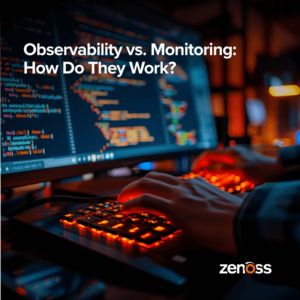
What does Red Hat have?
Operating System
- Red Hat has a proven operating system that is both reliable and saleable across both enterprises and service providers. Red Hat Enterprise Linux (RHEL) is a favorite amongst application vendors of all sizes.
Hypervisor
- In 2008, Red Hat acquired Qumranet and gained control of the creators of the Kernel-based Virtual Machine (KVM) hypervisor. KVM is a powerful hypervisor that offers greater performance than their rivals and supports native x86 virtualization. As an added bonus, KVM is supported by the likes of OpenStack, Nimbula, Eucalyptus, Puppet Labs, Cloud.com, and Opscode.
Middleware
- In 2006, Red Hat acquired the open-source middle ware company Jboss. The Jboss portfolio includes a complete set of products that is widely adopted and enterprise class. From a web application platform to hibernate to a complete developer’s studio, JBoss has it all.
Cloud Application Platform
- In 2010, Red Hat acquired Makara that enables them to deploy, manage, monitor, and scale Java/PHP applications within a public or private cloud. This gives Red Hat a true Platform as a Service play and while posing an interesting challenge to VMware’s SpringSource.
Project Ceylon
- Red Hat is developing a new programming language based on the Java Virtual Machine (JVM). Ceylon is reducing the frustrations around the development of Java applications while building on the best parts of Java itself.
By combining these solutions and projects into a new cloud application platform, Red Hat instantly becomes a force within the cloud while playing in both the commercial and open-source worlds. I’d expect this to be a key differentiator against VMware and their Cloud Foundry project.
Red Hat has the chance to become a cloud heavyweight if they can execute on a clear vision, acquire a few more cloud focused technologies to fill-in potential product gaps, and maintain their open source and commercial software credentials. Both Microsoft and VMware should take note that Red Hat’s not “asleep at the wheel."
Image Credit: sgetliffe







